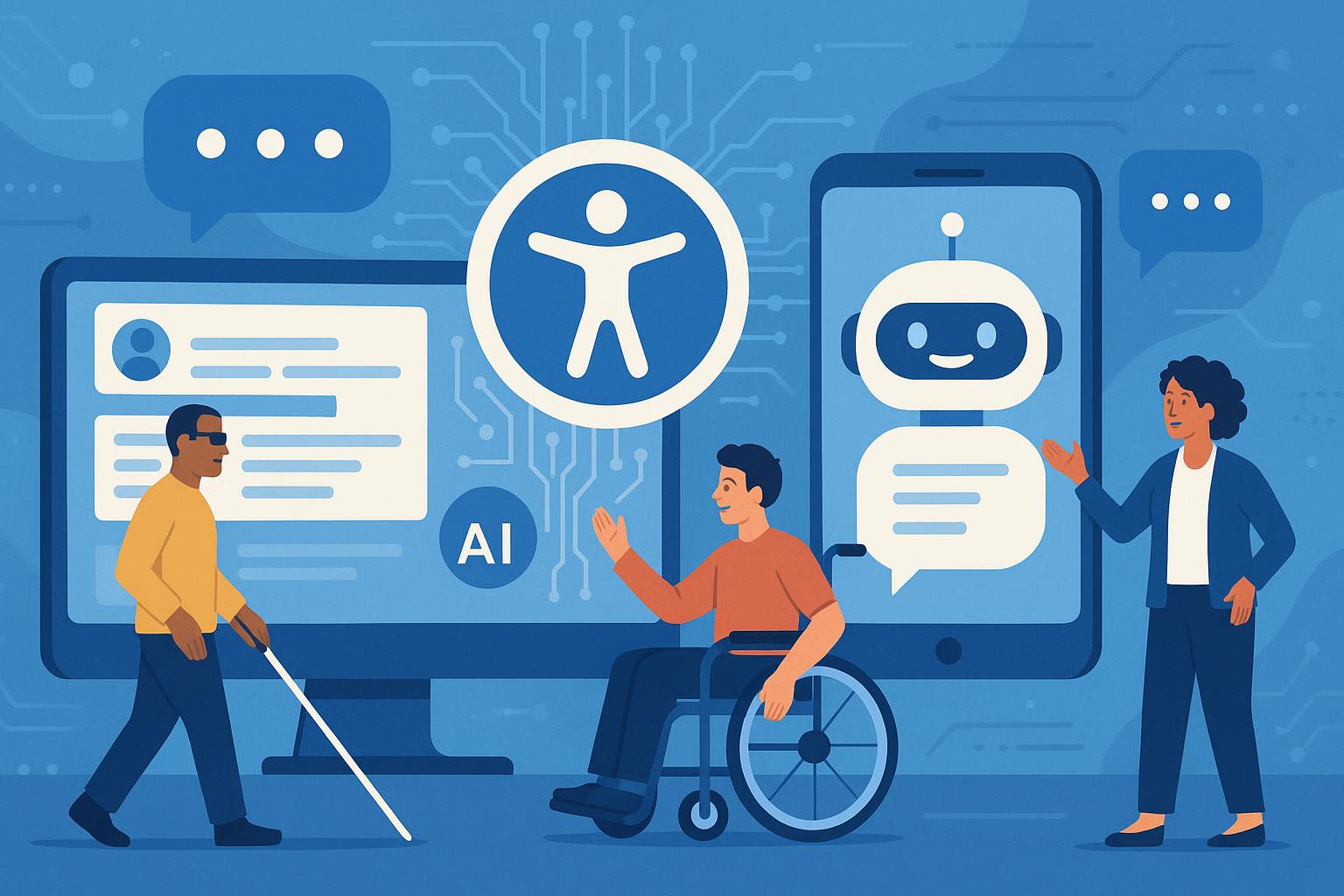Blueprints for Innovation: How Digital Transformation Catalyzes Business Innovation
In today's rapidly evolving business landscape, the need for continuous innovation is not merely a strategic advantage but a vital necessity for survival. Digital transformation stands at the forefront of this dynamic, offering tools and methodologies that propel businesses beyond conventional boundaries. This article explores the integration of emerging technologies such as AI, IoT, and blockchain, demonstrating how they can ignite new levels of innovation, streamline operations, and broaden opportunities for creativity and market expansion. Through practical case studies from diverse industries, we examine the transformative impact of digital tools on business innovation.
Understanding Digital Transformation
Digital transformation entails the comprehensive integration of digital technology across all business areas, revolutionizing operations and enhancing customer value. It also involves a cultural shift that encourages organizations to continually challenge the status quo, embrace experimentation, and learn from failures. Often, this means discarding outdated business processes in favor of innovative practices that are still being refined.
The Role of AI, IoT, and Blockchain in Innovating Business Processes
Artificial Intelligence (AI)
AI transcends simple task automation; it significantly augments capabilities and opens up unparalleled opportunities for business innovation. Technologies like machine learning, natural language processing, and robotic process automation can dramatically enhance decision-making, customer service, and operational efficiency.
Internet of Things (IoT)
The IoT extends internet connectivity to physical devices, enabling them to communicate and exchange data. This connectivity presents numerous opportunities for businesses to optimize operations, enhance asset management, and deliver a seamless customer experience. For example, IoT can facilitate predictive maintenance, which utilizes real-time data from devices to anticipate maintenance needs, thereby minimizing downtime and reducing operational costs.
Blockchain
Blockchain provides a secure and transparent method for recording transactions and managing data across a distributed network. For businesses, blockchain technology can fortify data transfer security, reduce fraud, streamline supply chain management, and increase transparency with customers and regulators.
Case Studies of Digital Transformation Driving Innovation
Below are several examples from various industries where digital tools have spurred significant innovations:
1. Healthcare: Revolutionizing Patient Care with AI and IoT
In the healthcare industry, AI and IoT are critically transforming patient care. Smart wearable devices and IoT-enabled medical equipment offer continuous monitoring of patient conditions, providing healthcare providers with real-time data that enables more informed decision-making. AI-driven analytics can foresee patient deterioration and recommend preemptive interventions, significantly enhancing patient outcomes.
2. Retail: Enhancing Customer Experience with AI and Blockchain
Retail leaders are leveraging AI to tailor shopping experiences and streamline logistics. AI algorithms process customer data to offer personalized recommendations, enhance inventory management, and optimize supply chains. Blockchain technology ensures the authenticity of products and transparency of supply chains, boosting consumer trust and facilitating regulatory compliance.
3. Manufacturing: Streamlining Operations with IoT and AI
Manufacturers are integrating IoT devices and AI to develop smarter factories. Sensors gather data from production lines, enabling real-time monitoring and maintenance forecasting. AI algorithms process this data to refine production processes, reduce waste, and preempt equipment failures, significantly boosting operational efficiency.
Challenges and Considerations
- Security Risks: As businesses increase connectivity, the risk of cyber attacks also rises. Implementing robust cybersecurity measures is crucial.
- Cultural Resistance: Transitioning to a digital-first approach requires significant shifts in organizational culture and mindset, which may encounter resistance from employees used to traditional practices.
- Integration Challenges: Merging new technologies with legacy systems can be complex and require substantial resources.
Conclusion
Digital transformation represents not just a trend but a fundamental business strategy that drives innovation, efficiency, and growth. By embracing AI, IoT, and blockchain, businesses can unlock new potentials, enhance operational efficiencies, and improve customer experiences. However, to fully exploit these technologies, companies must overcome inherent challenges and continually adapt to the evolving digital landscape. As we progress, the blueprint for innovation will increasingly depend on the strategic integration of digital technologies, making it imperative for businesses to stay informed, agile, and prepared to embrace the digital future.
In conclusion, the path of digital transformation is intricate and challenging but ultimately rewarding. The businesses that thrive will be those that perceive digital transformation not merely as a technological upgrade but as a strategic catalyst for innovation and growth.















